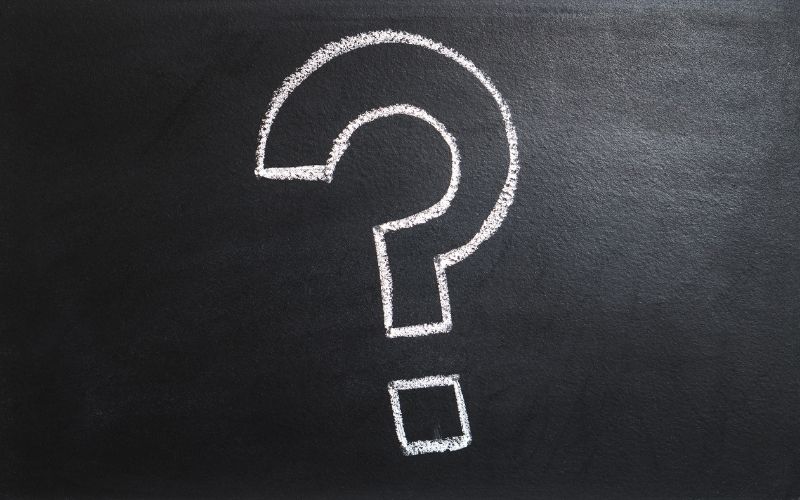Whenever you’re working with VAT, it’s essential that you have a clear understanding of what partial exemption is. Failure to account for VAT properly can lead to penalties of up to 100% of the tax underpaid plus interest, so getting it right is key. If you’re in the education or health sectors, it’s highly likely partial exemption of VAT will apply to you. This is a significant cause of VAT errors and HMRC knows where to look to find them when they’re conducting investigations. So making sure you’re calculating VAT correctly is necessary to avoid expensive errors.
What is a partial exemption for VAT?
If you’re a VAT-registered business, but you also make exempt sales, it’s highly likely the rules of partial exemption apply to you. Hold your horses though, it’s only applicable when you have supplies of both a taxable and exempt nature. What does this mean? Well, you can’t charge VAT on any exempt sales, and any input VAT (VAT on costs) incurred directly in making the exempt sales can’t be recovered. This is the first area HMRC looks at when inspecting. You can only recover VAT on costs, known as input VAT, if those costs relate specifically to the delivery of standard rated sales.
What is an exempt supply?
You’ll find this answer in Schedule 9 of the VAT Act 1994, which details the type of supply that falls within this remit. You’ll find exemptions in supply for a range of sectors including education, finance, health and welfare, insurance and land.
Bear in mind the importance of a partially exempt business having non-business activities – and the effect this can have. In this case, it would need to identify the amount of VAT incurred in relation to these activities and discount it prior to applying the partial exemption calculation. If there is any input VAT attributed to non-business activities, it can’t be recovered.

How do you work it out?
First of all, you’re going to want to work out how much of the input VAT incurred in a quarter can be recovered. To do this, you’ll need to pinpoint the input VAT in the first place. For example, if input VAT has only been incurred in the delivery of taxable supplies, you’ll be pleased to hear it can all be recoverable. However, the input VAT incurred in the delivery of exempt supplies can’t be clawed back.
Having done this calculation, you’d usually find input VAT left over, such as that on overheads. In fact, this is something different altogether; it can’t be determined as taxable or exempt supplies. So how much of this VAT can be recovered?
As a partially exempt business you’ll need to work out how much of your residual tax can be recovered, and you can calculate this using the ‘standard method’. This is done on the basis of use, taking the proportion of taxable sales of total sales, and applying this proportion to the input VAT relating to overheads.
For example, let’s say that in the first quarter, your company turned over £500,000. If £400,000 of this turnover related to standard rated sales and the remaining £100,000 attributed to exempt supplies, then the residual input VAT you’d be able to recover would come in at 80%.
So if input VAT relating to overheads was £20,000, then you could recover 80% of this i.e. £16,000, with the balance of £4,000 being a cost to the business.
What if you’re not satisfied with the result of the standard method? After all, perhaps it just doesn’t seem fair or correct. Don’t worry, you can write to the HMRC and apply to use a ‘special method’ to work this out. So, what is so special about these methods? Well, they can include transactions and staff number figures. Whereas you don’t need approval to use the standard method, you do for special ones. They can however be highly advantageous, so establishing the right basis is important.

There may be an annual adjustment required
If you’re completing your VAT returns on a monthly or quarterly business – and you’re a partially exempt business – then it is a requirement to do a partial exemption working for each period.
An annual calculation is required at the end of every VAT year to wash through any quarterly variations and to establish if the de-minimis limit has been exceeded in the yearly figures. We won’t go through the de minimis limit in detail here; save to say it’s part of the ongoing process to ensure the business maximises the input VAT it can recover (i.e minimises the VAT bill!)
It’s complex
It’s fair to say that partial exemption for VAT is a highly complex area and requires an accountant or tax advisor with a wealth of knowledge and expertise in the subject. If your business is subject to partial exemption, it is strongly advised to regularly review the position to remain compliant with legislation.
If you’re looking for a highly-experienced, trusted accounting partner knowledgeable in this field, contact our experts at CloudAccountant.com today on 0113 323 1960 to discuss how we can help you.


